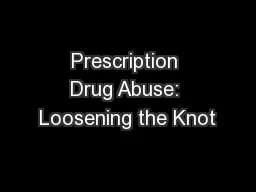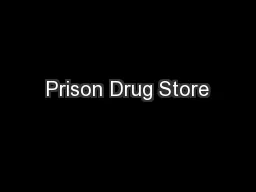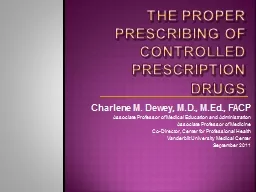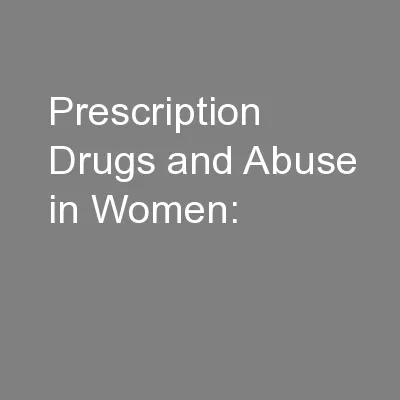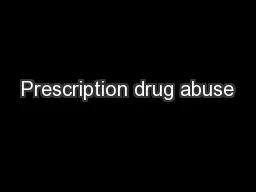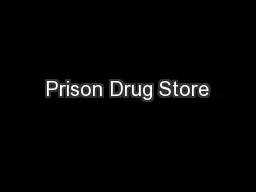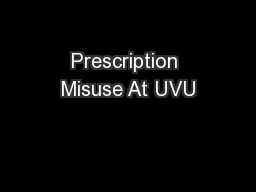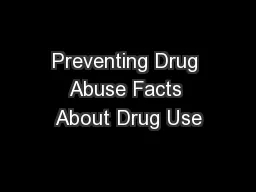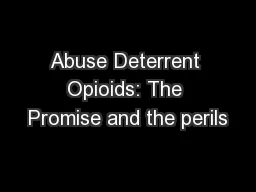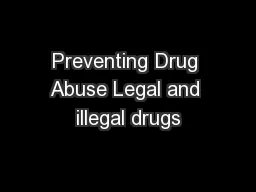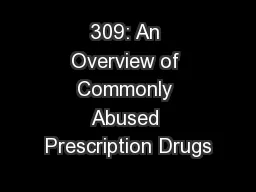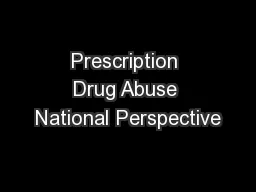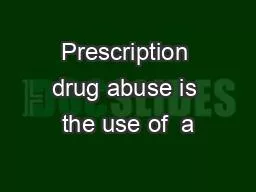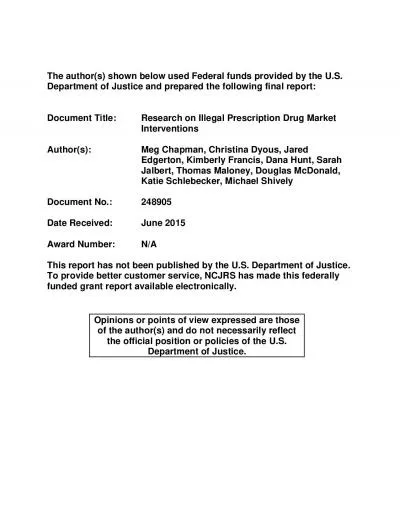PPT-Prescription Drug Abuse: Loosening the Knot
Author : calandra-battersby | Published Date : 2016-05-25
J Patrick Slifka LCSW amp George Young LCSW Why Were Here Dealer out of Business httpwwwyoutubecomwatchvCb93lPJB8yw Which is More Dangerous httpwwwyoutubecomwatchvunCqak6mYQ
Presentation Embed Code
Download Presentation
Download Presentation The PPT/PDF document "Prescription Drug Abuse: Loosening the K..." is the property of its rightful owner. Permission is granted to download and print the materials on this website for personal, non-commercial use only, and to display it on your personal computer provided you do not modify the materials and that you retain all copyright notices contained in the materials. By downloading content from our website, you accept the terms of this agreement.
Prescription Drug Abuse: Loosening the Knot: Transcript
Download Rules Of Document
"Prescription Drug Abuse: Loosening the Knot"The content belongs to its owner. You may download and print it for personal use, without modification, and keep all copyright notices. By downloading, you agree to these terms.
Related Documents

